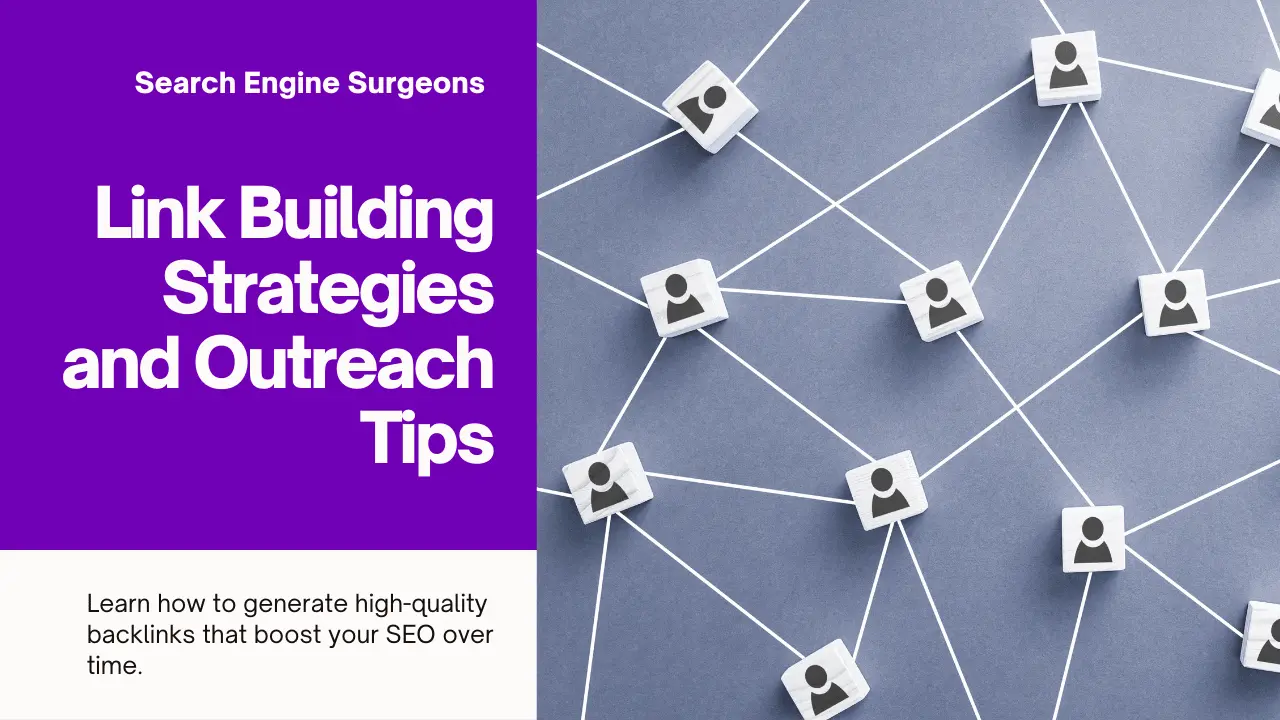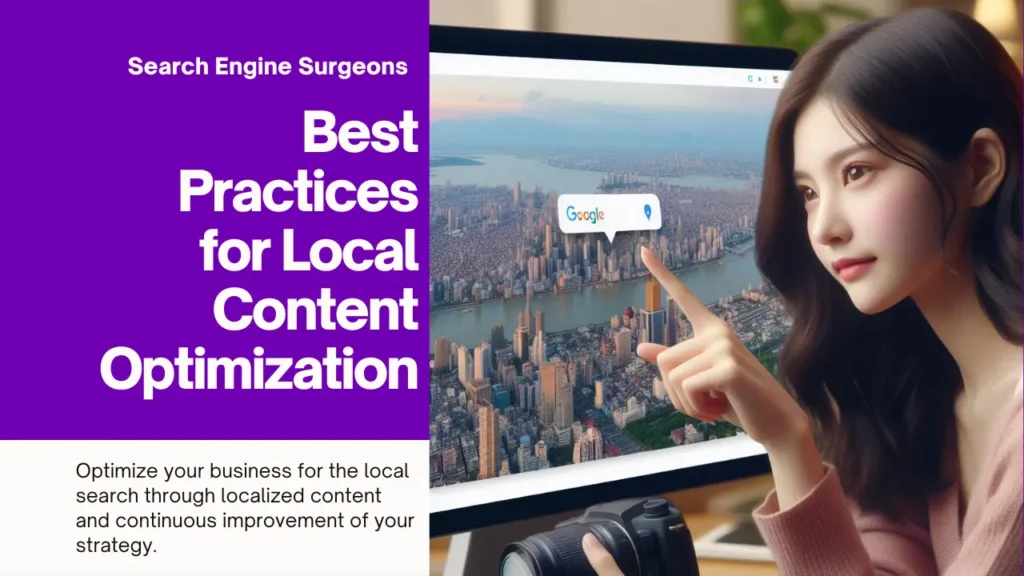Link building is one of the most important activities for any website owner or marketer. Getting links from other high-quality, relevant sites helps boost your rankings in search engines like Google. However, link building can be challenging if you don’t have a clear strategy and plan of action.
In this article, we’ll explore several proven link building strategies and outreach techniques that can help you attract links from influencers and build authority for your site over time. We’ll discuss everything from identifying target sites and crafting compelling pitches to following up professionally and tracking your results. So, let’s get started.
Understanding Link Building Outreach
What is link building outreach?
Link building outreach is the process of reaching out to other websites and asking them to link to your content. At its core, outreach involves researching sites in your industry, finding the right people to contact, and pitching your content to them in the hopes that they’ll provide a backlink.
Effective outreach requires identifying sites and influencers that would be naturally interested in what you have to offer. It’s about forming genuine connections rather than just spamming websites with requests. A good outreach campaign is personalized, builds relationships, and provides real value to the sites you reach out to.
Why is link building outreach important?
There are a few key reasons why taking the time to conduct link building outreach can pay off:
It helps boost your site’s visibility. Getting links from other high-quality websites is one of the main factors search engines like Google use to determine ranking. The more relevant backlinks you have, the higher your site may rank in search results.
It spreads awareness of your content. By reaching out to sites in your industry, you introduce your brand and articles to a whole new potential audience. This can lead to more traffic, social shares, and even partnership opportunities down the line.
It builds your credibility in your field. Linking to and from sites seen as leaders or influencers lends your own site more authority in the eyes of search engines. It shows search engines that your content is seen as valuable by others.
It forms new relationships. Outreach is about making genuine connections, not just getting links. Nurturing relationships with others in your industry through outreach can lead to future collaborations, introductions to new contacts, and a broader professional network.
Developing an Outreach Strategy
A successful outreach campaign starts with proper planning. Taking the time upfront to identify targets, research them, and craft compelling messages will save you effort later on and lead to better results.
Identifying target websites and influencers
Rather than randomly reaching out, focus your efforts on sites and individuals most likely to be interested. A good rule of thumb is to look for websites covering similar topics to your own or serving related audiences.
For example, if you write about gardening, you may target blogs reviewing gardening tools or magazines featuring backyard design ideas. Within those sites, look for editors and contributors writing about topics aligned with your expertise.
Researching sites, editors, and contacts
Once you have a list of targets, thoroughly research each one. Learn as much as you can about the site, its focus and audience. Check out an editor’s recent articles to understand their interests.
Make a note of any details you discover that you can reference later in your outreach, like a new project they just launched or an interview they conducted. Knowing these small facts will help your messages feel personalized.
Crafting a compelling outreach message
This is where the art of storytelling comes in. Relate how your content is specifically relevant to their readers’ needs and interests. For example:
“I came across your recent article on drought-resistant plants and was inspired by your tips. I wrote a guide to my top 10 plants for sunny, dry gardens that I think your readers would find helpful.”
Keep messages concise yet engaging. Include a short description of your content and why it would be a good fit. Always ask for a specific action, like reviewing your guide for a possible feature.
Executing an Outreach Campaign
With your targets and messages prepared, it’s time to start the outreach. Here are some tips for effective execution:
Using link building outreach tools
Outreach tools like Buzzstream, Pitchbox and Ninja Outreach can streamline your efforts. Import your research, automate follow ups, and track results in one place.
However, tools alone won’t guarantee success. Personal touches are still important. As one marketer told me, “Outreach is part science, part art.”
Sending personalized pitches
When reaching out, address your contact by name if possible. Refer back to any relevant details you uncovered during research. For example:
“Hi Jane, I hope the launch of your new eBook is going well. I have a guide on eBook formatting tips I thought some of your 80,000 subscribers might find useful.”
Following up professionally
Don’t just send one message and wait. Follow up courteously 1-2 weeks later if no response. You can say something like:
“I’m circling back on my previous outreach regarding our SEO case study. Let me know if you’d like me to elaborate on any part of how we doubled our clients’ organic traffic.”
Being polite yet persistent pays off. Some of my most valuable links came from third or fourth follow ups!
Handling Replies and Tracking Progress
Following up is only half the battle. To keep improving, track your results.
Responding to positive and negative feedback
When contacts reply, be prompt, polite and solution-focused. For example responses:
Positive: “Thanks for the feature! Let me know if you ever need case studies or quotes.”
Negative: “No problem, thanks for considering. What type of content works best for your readers?”
Documenting outreach in a spreadsheet
Track each contact, message sent and received replies. Note their needs, preferences. Over time, analyze for patterns.
For example, one blogger responded better to story-style pitches versus bullet lists. Armed with that knowledge, I tailored future messages accordingly.
Analyzing results and adjusting strategy
Review your spreadsheet periodically to see what’s working and what’s not. Tweak your approach.
For example, if a particular outreach tactic like social sharing isn’t yielding links, try focusing elsewhere, like more personalized email pitches. The key is constantly improving based on data.
Additional Outreach Tactics
While email and social media outreach are effective starting points, there are other link building strategies to explore too.
Finding broken links to replace
Search for common search terms related to your niche along with “site:domain.com”. This finds pages on a site linking to broken pages.
Reach out and offer your high-quality content as a replacement to regain those lost backlinks. For example, I found a broken link on a popular blog and offered a new case study – they accepted.
Unlinked brand mentions
Search sites like Twitter, Facebook groups, forums for mentions of your brand or topics you cover without a link attached.
Reach out to the poster and say something like, “I noticed you mentioned our ebook in your recent Facebook post. Would you consider adding a link so others can learn more?”
Guest blogging opportunities
Find blogs and websites with large audiences that accept guest posts. Write a tailored article providing valuable information to their readers.
Include 1-2 links back to relevant pages on your site. Guest blogging builds relationships while passively acquiring new backlinks over time.
Common Mistakes to Avoid
While outreach seems simple, there are some common pitfalls people encounter. Avoid these to improve your results.
Mass emailing without customization
It’s tempting to blast the same message to dozens of sites at once, but this approach usually backfires. Personalize for each contact.
For example, include their name, reference recent site articles, and tailor your pitch to their specific needs and audience. Mass emails come across as spammy.
Ignoring follow up and feedback
Don’t just send one message and assume the answer is no without following up. As mentioned earlier, some of my best links came from third or fourth follow ups.
Similarly, if you receive a rejection, don’t take it personally. … … Ask for feedback on how to improve future pitches. You may gain valuable insights that help with the next outreach.
Not researching sites and contacts
Before contacting anyone, thoroughly research their site, interests, and recent articles. Without this background knowledge, your pitches will seem disconnected and irrelevant.
Take the time upfront to learn all you can. Customization starts with understanding your target’s specific needs and priorities.
Measuring Success and Next Steps
To continue improving your outreach strategy, track key metrics over time.
Key performance indicators to track
Some important data points include:
- Response rate (how many get back to you?)
- Acceptance rate (how many say yes?)
- Traffic from new backlinks
- Rankings for targeted keywords
Tracking ROI helps determine where to focus your efforts.
Continuing outreach over time
Building links is a marathon, not a sprint. While you may see quick wins, maintain contact lists and follow up regularly.
Re-engage past contacts every 3-6 months with new, valuable content. Send updates on your business. Over time, consistent outreach will deepen relationships and lead to more natural linking opportunities.
Don’t forget about contacts who previously said no either. Circumstances change, so revisit them occasionally with fresh pitches. With patience and persistence, you can turn former rejections into future links.
Remember, links that take months to earn may generate traffic and rankings for years. Stay consistent with personalized outreach to maximize long-term SEO wins.
Additional Tactics to Explore
While email, social media and broken link building are effective starting points, there are other strategies to consider long-term:
Guest blogging
Write high-quality, unique posts for sites in your industry. Guest blogging builds relationships while earning dofollow links.
Directory submissions
Submit your site to relevant online directories. Ensure profiles are complete with descriptive text and keywords. Directories like DMOZ used to pass strong SEO value.
Infographics/eBooks
Create shareable visual content or downloadable guides focused on educational topics. Include your link and contact details. Promote widely on social media.
Webinars/podcasts
Host online events or start a podcast discussing timely industry topics. Provide transcripts with links back to your site and calls-to-action.
Quora/forum responses
Answer questions on sites like Quora and industry forums to position yourself as an expert. Naturally work in links to relevant blog posts or resources.
The key is finding low-effort tactics that complement personal outreach. Experiment and see which strategies generate most value for your business. Over time, a mixed approach will yield the best results.
Conclusion
Link building takes time but yields powerful results when done strategically and consistently over the long run. Starting with personalized outreach, tracking progress, and testing new tactics are key to finding the approaches that work best for your business.
While results may not happen overnight, developing relationships with influencers and providing value positions you as a trusted resource in your industry. With patience and persistence, your link profile will grow in a natural, sustainable way.
A story to conclude and reinforce this point: when I first started my career in digital marketing, I was obsessed with quick wins. I wanted to see results immediately from my link building efforts. It was frustrating when months went by with little progress.
But I stuck with it, continued engaging contacts respectfully, and broadened my toolkit over time. Years later, those early relationships have turned into strong advocates who link to me frequently. My rankings have steadily increased.
The moral? Link building is a marathon, not a sprint. Stay focused on the long game, keep learning, and success will follow. Never stop building relationships – they are the true foundation of any successful outreach strategy.





